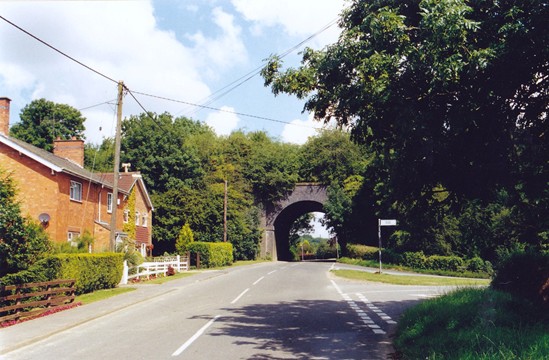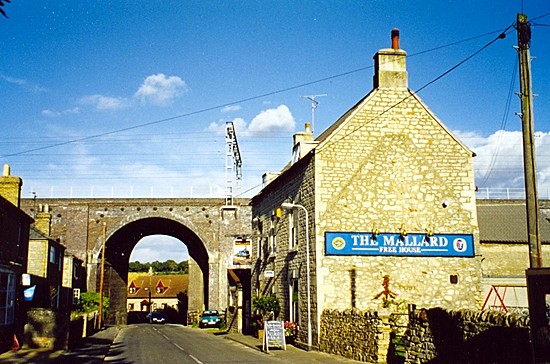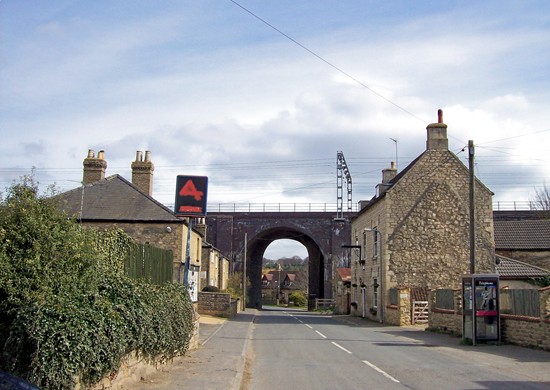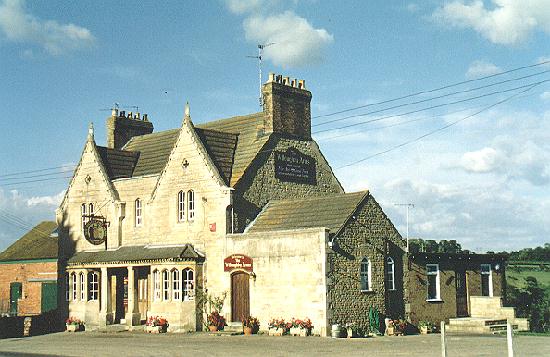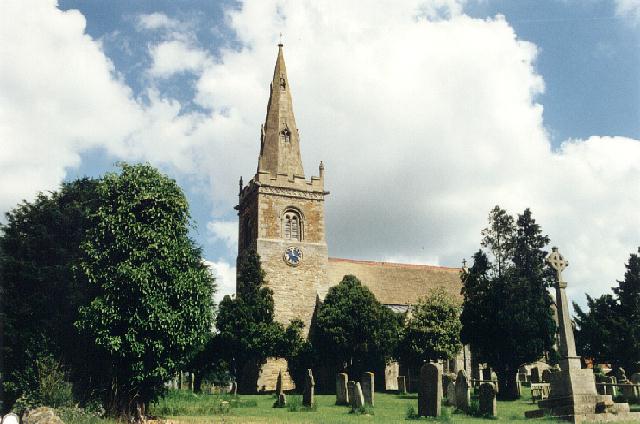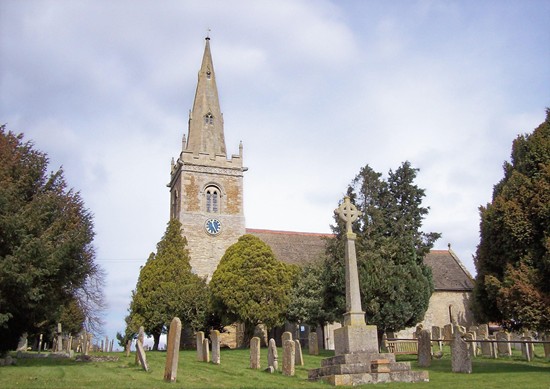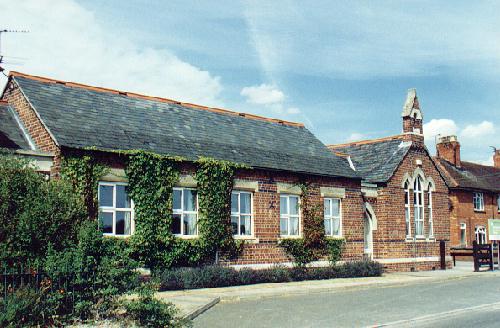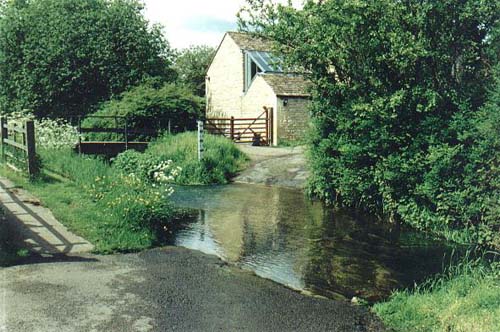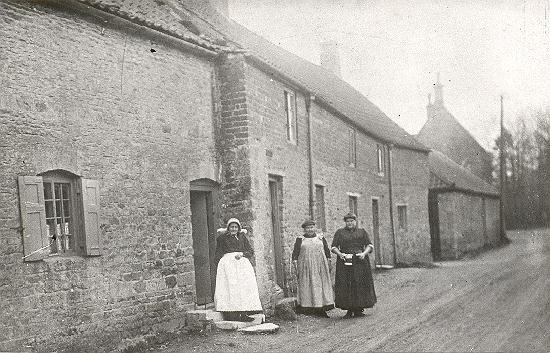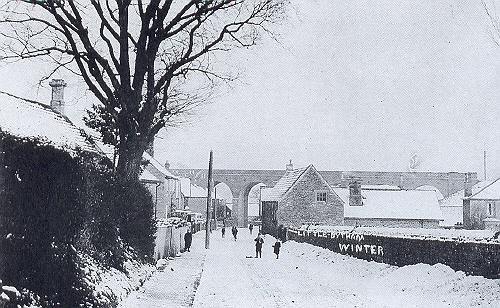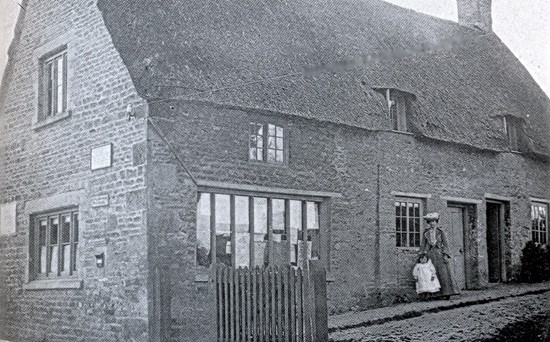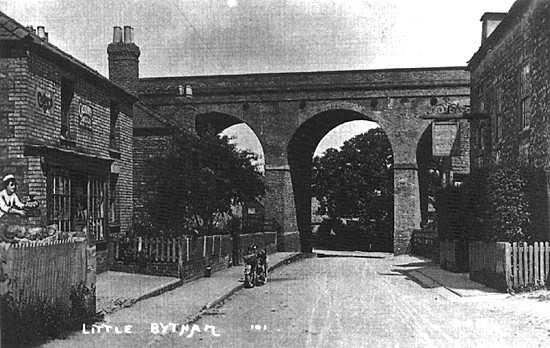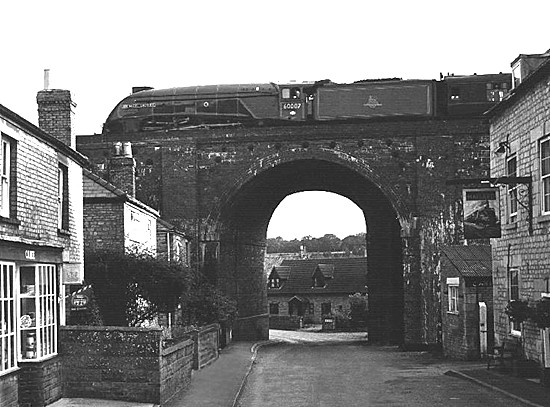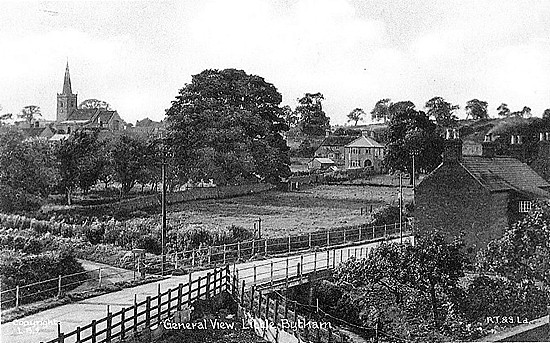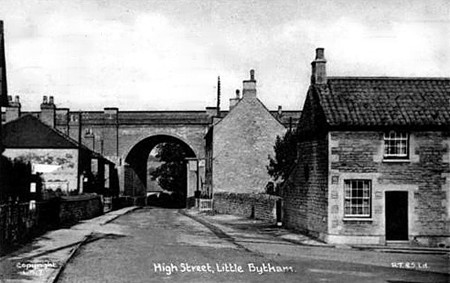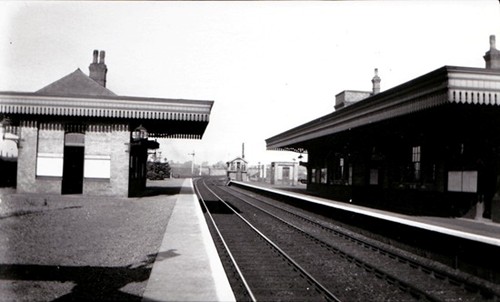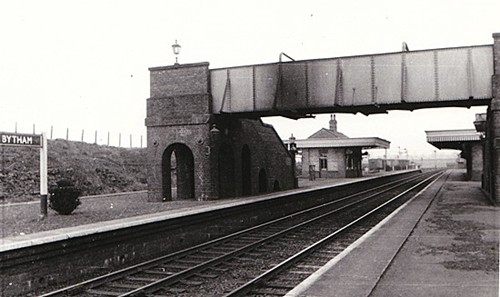|
Little Bytham
Railway buffs know this village well because it has famous associations with their hobby. Little Bytham, on the B1176 four miles south west of Bourne, nestles around two grand Victorian viaducts, one of them disused and the other carrying the main east coast line between London and Scotland. It was on this stretch of track between Grantham in Lincolnshire and Peterborough on 3rd July 1938 that the LNER locomotive Mallard achieved the highest speed ever ratified for a steam locomotive of 126 mph that has not been beaten since. The 16th century hostelry in the village High Street below the arches was originally known as The Green Man but because of the growing interest in railways and the steam engine record, it was changed to the Mallard in February 1975 after being taken over by Richard Bailey and his wife Heather. He also added a new car park and refurbished the property, both inside and out, converting smaller rooms into one large space with stone fireplaces at each end, and uncovering original masonry during the building work which was retained to provide a traditional appearance for the hostelry. The building remained in use as a public house for the next quarter of a century but closed in 2002 when the building was turned into a private residence although the railway connection has been retained because it has been called Mallard House. The viaduct is still in use and inter-city express trains rather than steam engines now thunder past at regular intervals.
The Willoughby Arms is on the B1176 just outside the village, a substantial stone-fronted building which dates from 1853 when it was known as the Steam Plough Inn, also used as a refreshment and waiting room for a private railway built, owned and operated during the 19th century by one man, Baron Willoughby de Eresby. It was one of Lincolnshire's most unusual and short-lived railways, designed to serve the Grimsthorpe Estate and known as Lord Willoughby's private railway and it ran from Little Bytham to Edenham, a distance of four miles. Opposite the Willoughby Arms are the old station buildings for the line which was opened for goods traffic in 1855 when it replaced a road between the two termini that had been built three years earlier. It carried passengers from 1857 to 1866 and it closed down as long ago as 1873.
Three very primitive locomotives worked the railway on which there were several steep gradients and a speed limit of 15 m p h and the steam engines continued in use until 1872 from when the line was worked by horse traction. In addition to serving the needs of the estate, it also originally served Bourne, three miles to the east, but the town was reached by rail from Essendine in 1860 and this reduced the traffic to Edenham.
In March 1999, the name of another little known French saint was added to the dedication and the church became known as St Medard's and St Gildard's. Recent research by local historians reveals that following the Norman Conquest in 1066, the church and lands of Little Bytham were granted to a French nobleman who decided to rename the church after two little known 6th century saints from his homeland in Normandy. The two were twin brothers who both became bishops and the church was dedicated to both of them but St Gildard's name was dropped during the 18th century and he was soon forgotten, the last mention of him being in the old east window which was removed when the church was renovated during Victorian times.
The change of dedication was made at a special service, unique in Lincolnshire, by the Bishop of Lincoln, the Rt Rev Robert Hardy.
The village school at Little Bytham, built of red brick with a blue slate roof during the 19th century and is still in use today. It is now known as The Bythams County Primary School and although extensively modernised to meet present day educational requirements, its outward appearance is unchanged with the original bell-cote that summoned generations of local children to their lessons. There are separate doors at either end of the building marked GIRLS on the left and BOYS on the right, a reminder of those days when pupils were segregated by sex. The schoolhouse that joins the main school building on the left has been sold and is now a private house. The West Glen River meanders its way around Little Bytham and there is a ford as you enter the village on the road from Witham-on-the-Hill. The waterway may have little appeal from the passing car but it is worth a stop to walk its banks and to catch sight of the village church through the trees. It is these surprise views in the small villages around Bourne that are part of the charm of our Lincolnshire countryside.
REVISED MAY 2014 See also The Leeds express train disaster of 1896 Lord Willoughby's private railway The Mallard steam record of 1938
Go to: Main Index Villages Index |
|||||||||||||||||||||||||||||||||
